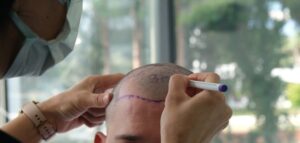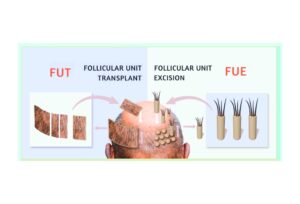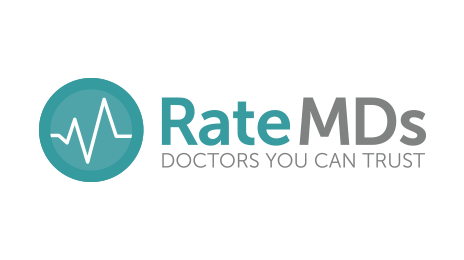Have you heard the amazing news about platelet-rich plasma yet? Commonly referred to as PRP, this groundbreaking medical treatment works by supplying the body with natural proteins, cytokines, stem cells and other bioactive growth factors.
Though regenerative medicine was once firmly in the realm of science fiction, scientific research and technological advancements within the past two decades have provided the medical community with a new understanding of how the body’s natural healing process works. By initiating the first step of coagulation, an element in your blood called platelets are key to your body’s ability to heal wounds.
PRP contains three to five times the number of platelets found in normal circulating blood. Doctors began realizing the benefits of PRP in dental treatments, wound healing and skin grafting in the early 1990s. Then, about a decade later, the use of PRP expanded into orthopaedic and sports medicine, including arthritis remedies, treating joint and tissue damage and long-term pain management. Today, PRP treatments have begun revolutionizing the hair loss industry.
How Does PRP Treatment Work?
Blood is made of two main components: red blood cells and plasma. Plasma contains white blood cells and platelets, which are rich in growth factors that can help stimulate hair follicles and prolong the growing phase of the hair cycle. When used for hair loss, PRP encourages inactive or newly implanted hair follicles to enter an active growth phase.
PRP treatments for hair loss are not only an all-natural solution but a medically and scientifically backed option as well. As a promising non-surgical therapeutic option for patients who are experiencing hair loss, it has been proven effective at increasing both hair count and hair thickness, in addition to improving hair growth. That’s why this treatment has been gaining popularity worldwide over the past several years.
In a 2014 study, researchers in India examined a group of men experiencing male pattern baldness who had little to no improvement in their hair growth, despite using both Propecia and Rogaine. After getting four PRP treatments, they had about 30 percent more growth in thinning areas.
PRP treatment for hair loss begins by drawing blood from your arm, just like you would expect during a routine checkup or when donating blood. The vial of drawn blood goes into a machine called a centrifuge, which spins rapidly to separate the plasma from the red blood cells. The plasma is then injected into the scalp at the follicular level.
Risks of PRP for Hair Loss
Using plasma to stimulate your hair follicles might sound like an extreme approach, but for the most part, there are virtually no side effects from the treatment. Since PRP comes from your own blood, you won’t have to worry about any allergic reaction or issues with biocompatibility.
During the procedure, most patients report only a mild feeling of pressure at the injection site and do not require any anaesthetic. If you experience any discomfort after the procedure, you can take an over-the-counter medication such as Tylenol to manage it. Bruising may be another side effect, but it usually resolves within the first two weeks or so.
The treatment also takes little to no downtime for recovery, and most patients can go back to work the same day if they choose.
Who Can Get PRP Hair Loss Treatment?
Almost anyone experiencing hair loss is a good candidate for PRP treatments, but those with more recent hair loss tend to respond best. That’s because it is more challenging to re-activate hair follicles that have lain dormant for a long time.
PRP also works well for both men and women who have androgenic alopecia, which is a genetically determined type of hair thinning that typically occurs along the top of the head. PRP therapy for hair loss is not recommended for people who have a disease such as lupus or a thyroid condition, as these conditions will continue to cause hair loss as time goes on. In addition, if you are taking blood thinners, your platelets will be less effective, which will adversely affect your results from PRP.
What to Expect From PRP Treatments
Though the results of PRP vary, it takes most people about two to three months to see an improvement from PRP therapy. The first result patients usually notice is decreased shedding, followed by regrowth and increased hair length. Consistency of treatments is essential for continuing to stimulate the factors associated with hair regrowth and stopping hair from falling out.
PRP injections typically take place monthly for the first three to four months, and then every three to six months thereafter for up to two years. The injection frequency will depend on your individual results, in addition to factors such as age, the pattern and extent of hair loss, genetics and hormones.
While PRP can be beneficial as a standalone treatment, it can also help promote hair growth – almost acting as a “fertilizer” – before getting a hair transplant procedure, if you so choose. You and your doctor can use PRP as part of a multi-pronged approach to treating hair thinning and loss, including drugs such as Rogaine and Propecia.
Schedule Your Complimentary Hair Loss Consultation With the Toronto Hair Transplant Surgeons
Is PRP right for you? Toronto-based hair loss experts Dr Jonather Huber and Dr Robert Jones can evaluate your hair loss and help you decide if you are a good candidate for PRP. With a practice dedicated solely to the art and science of hair restoration, the Toronto Hair Transplant Surgeons has become world-renowned specialists in advanced techniques such as PRP and follicular unit excision (FUE).
To schedule your free one-on-one consultation with one of our doctors, please visit our contact page for the method that best suits you.

















